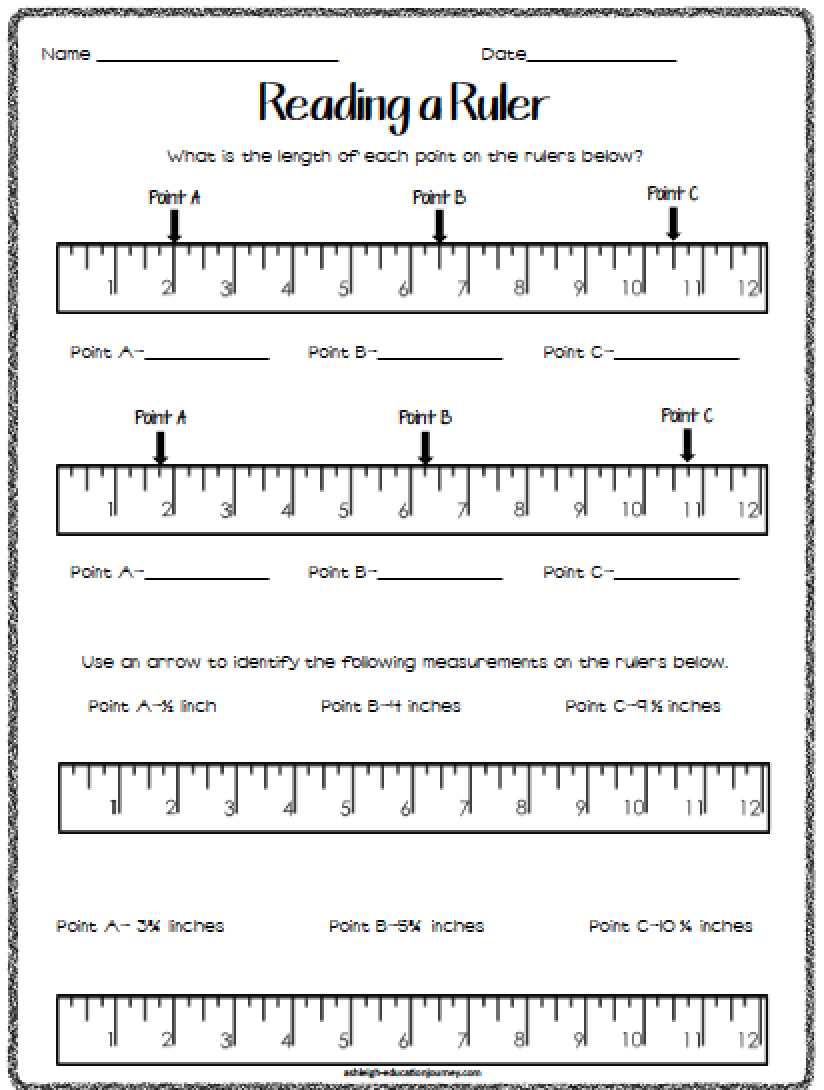
Use the PDCheck app to take a photo of yourself wearing the frames. FREE RULER MEASURING TEST ANDROID
Download the free PDCheck app on your Android or iOS smartphone, and put on your PDCheck Frames. Order your PDCheck Frames, which have special T-shaped marks to help the app to properly measure distance. Guarantee an accurate pupillary distance measurement with EyeQue’s PDCheck app: Be sure they are looking at the ruler straight on (not from an angle), and that the ruler is not tilted. Hold the ruler up to your face, and have your friend measure the distance between your two pupils. Find a ruler with measurements listed in millimeters-this is the unit of measurement eyeglasses manufacturers will require. Find a friend or family member who can help. Here are the steps you can take to measure your PD with a ruler: How Can I Measure Pupillary Distance With a Ruler? We recommend using a pupillary distance app because it will usually provide a more accurate measurement. Instead, you can measure the distance on your own at home by using a ruler or a pupillary distance app like PDCheck. While you can visit an eye doctor to ask them to measure your pupillary distance, many clinics charge a fee to take this simple measurement. What Is the Best Way to Measure Pupillary Distance? You need this measurement to be able to purchase eyeglasses online. Pupillary distance, also called interpupillary distance or PD, measures the distance between your pupils. One of these measurements, pupillary distance, allows the manufacturer to ensure your lenses are centered on your pupils. Pupils use reasoning and problem solving skills to work out solutions to measurement problems.When you purchase a pair of eyeglasses, the manufacturer needs several measurements to ensure the frames and lenses will properly correct your vision. Pupils measure objects from the 0 on the ruler. Pupils measure the lengths of objects using a ruler. Pupils understand that non-standard units should be exactly in line with the object to get an accurate measurement. Pupils recognise that different non-standard units are more suitable for measuring the length and height of different objects. Pupils use non-standard units such as cubes, hands and straws to measure the length and height of objects. Pupils use the following terms to describe and compare length and height - long, longer, longest short, shorter, shortest tall, taller, tallest, small, smaller, smallest. The worksheets are designed to enable the pupils to achieve the following learning outcomes: Measurement: Length and Height Measure and begin to record lengths and heights.Ĭompare, describe and solve practical problems for: lengths and heights (for example, long/short, longer/shorter, tall/short, double/half) Year 2 Maths National Curriculum Objectives 
The resources focus on the following objectives and small steps: The worksheets contain tasks (concrete, pictorial and abstract) linked to the White Rose small steps with an emphasis on the mastery approach to learning advocated by the White Rose scheme and includes reasoning and problem-solving tasks. This resource contains 28 worksheets / workbook (with answers and progress check) of mastery maths resources to support the delivery of the Year 1 Measurement - Block 3 - Spring Term White Rose (WRM) ‘small steps’ programme.

Year 1 Length and Height - Set of 28 Worksheets For the Delivery of White Rose Maths Small Steps Scheme This resource contains two worksheets on measuring the length of an object with a ruler.






 0 kommentar(er)
0 kommentar(er)
